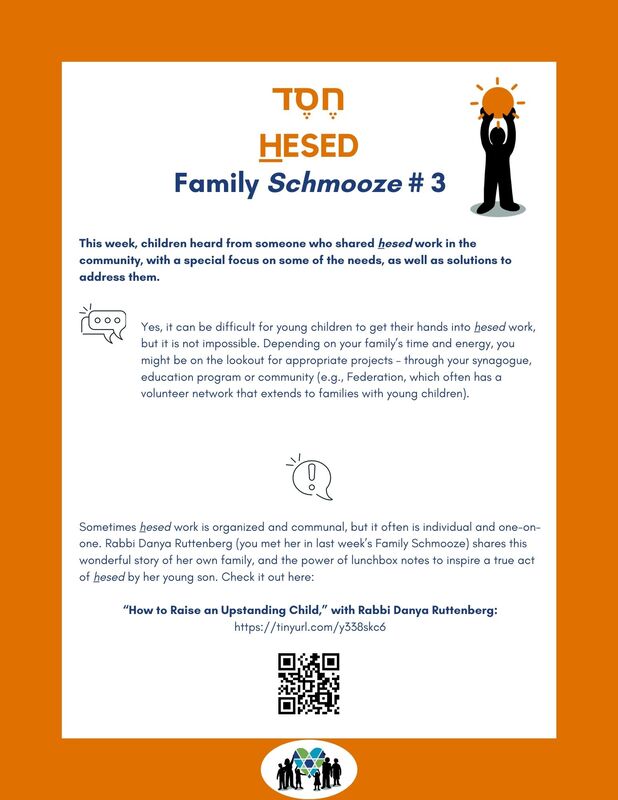
Those payments are recorded in your G/L, but they have yet to hit the bank. Any checks that have been issued that haven’t cleared the bank must be accounted for under your bank balance column.įor instance, you paid two vendors by check on January 31. The easiest way to check for this is to print a check register for the month and compare it to the checks that have cleared the bank. While it may be tempting to assume you have more money in the bank than you think, it’s a safe bet that the difference is checks and other payments made that have not yet hit the bank.

It’s common for your bank statement to have a higher ending balance than your G/L account shows. Step 3: Compare checks and adjust bank total

However, it only takes a few minutes to check the accuracy of your deposits.

Matched pdf weebly trial#
If your bank statement is dated, you’ll want to run your trial balance as of.
Matched pdf weebly software#
For instance, if your bank statement period is through, you would run a general ledger or trial balance for that same period.įortunately, many accounting software applications include a bank reconciliation template or form in the application, which allows you to easily reconcile any of your bank accounts that are connected to your software. If that’s the case, the statement can still be reconciled, you’ll just have to run a general ledger report ending on the same day as the bank statement. Most business accounts are set up to run monthly, though some older accounts may have a mid-month end date. Most business owners receive a bank statement, either online or in the mail, at the end of the month.

Figure out if it’s missing from the bank statement balance or the general ledger balance, and then reconcile the two numbers. If it doesn’t, you need to determine what’s missing. Remember, your cash or bank accounts in your general ledger should reflect the same activity that is on your bank statement.
Matched pdf weebly how to#
In this guide, we’ll explain exactly why doing a bank reconciliation is so important, and give you step-by-step instructions on how to complete one.Ī bank reconciliation helps ensure that your ending bank statement and your general ledger account are in balance. However, connecting your accounting software to your bank or financial institute does not take the place of doing a month-end bank reconciliation. It’s true that most accounting software applications offer bank connectivity, which can speed up the reconciliation process immensely. The process can help you correct errors, locate missing funds, and identify fraudulent activity. However, small business owners and bookkeepers need to remember that yes, banks do make mistakes, and one of the best ways to find those mistakes is by reconciling all of your bank accounts monthly.Ĭompleting a bank reconciliation entails matching the balances on your bank statement with the corresponding entries in your accounting records. In this day of electronic banking, many people believe completing a bank reconciliation is no longer necessary.


 0 kommentar(er)
0 kommentar(er)
